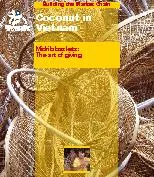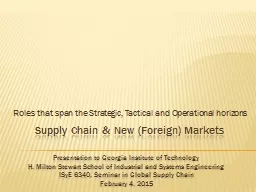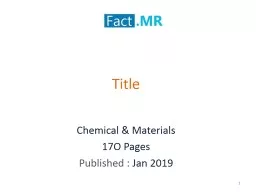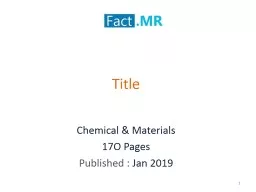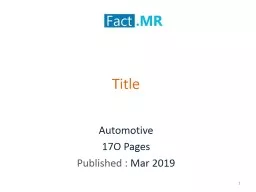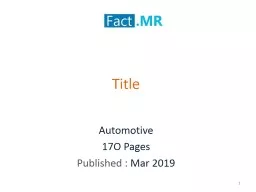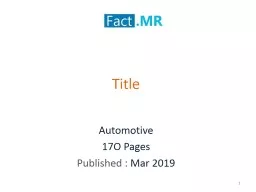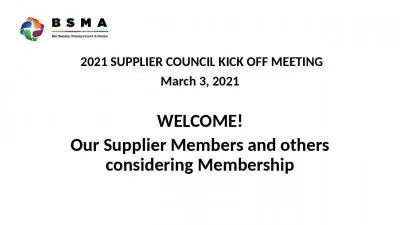PDF-Building the Market Chain
Author : giovanna-bartolotta | Published Date : 2017-02-21
Coconut in Vietnam Midrib baskets The art of giving multicoloured cellophane These baskets are usually made from coconut leaf midribs framed with bamboo and come
Presentation Embed Code
Download Presentation
Download Presentation The PPT/PDF document "Building the Market Chain" is the property of its rightful owner. Permission is granted to download and print the materials on this website for personal, non-commercial use only, and to display it on your personal computer provided you do not modify the materials and that you retain all copyright notices contained in the materials. By downloading content from our website, you accept the terms of this agreement.
Building the Market Chain: Transcript
Download Rules Of Document
"Building the Market Chain"The content belongs to its owner. You may download and print it for personal use, without modification, and keep all copyright notices. By downloading, you agree to these terms.
Related Documents

